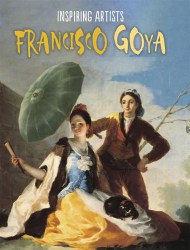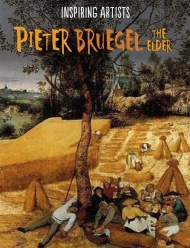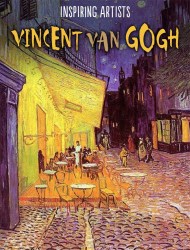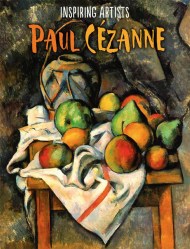Inspiring Artists tells us what it is that makes some famous artists so important and memorable, not only in terms of their artistic legacy, but also as to their impact on the wider world. It explores their life and times through significant pieces of their art, looking at the work in terms of its context, from conflict (Goya), to festivities (Bruegel) to personal struggle (Van Gogh). Each work is also considered in terms of its style, technique and artistic innovation.
Claude Monet (1840-1926) was one of the founders of Impressionism and a hugely successful artist in his own right. His bright, dappled paintings, which captured subjects as varied as seascapes, railways and his famous waterlilies, created a turning point in art and gave colour a new importance. Monet’s innovations paved the way for artists as diverse as Wassily Kandinsky, Roy Lichtenstein and Joan Mitchell.
Claude Monet (1840-1926) was one of the founders of Impressionism and a hugely successful artist in his own right. His bright, dappled paintings, which captured subjects as varied as seascapes, railways and his famous waterlilies, created a turning point in art and gave colour a new importance. Monet’s innovations paved the way for artists as diverse as Wassily Kandinsky, Roy Lichtenstein and Joan Mitchell.
Newsletter Signup
By clicking ‘Sign Up,’ I acknowledge that I have read and agree to Hachette Book Group’s Privacy Policy and Terms of Use





